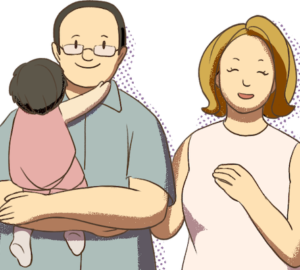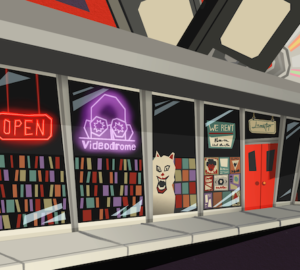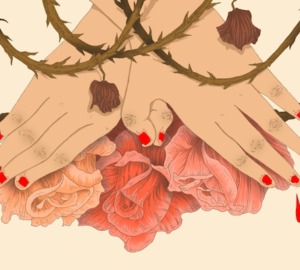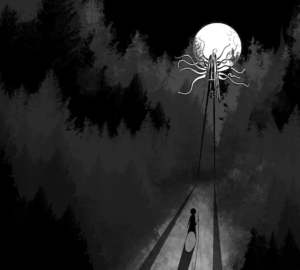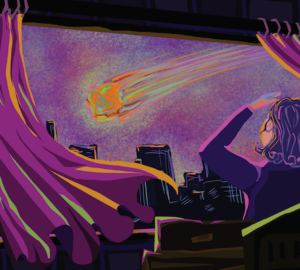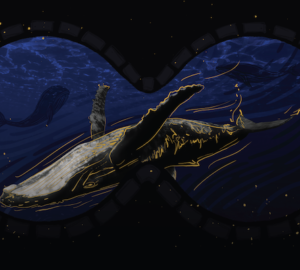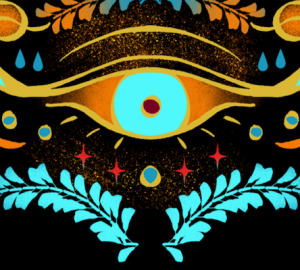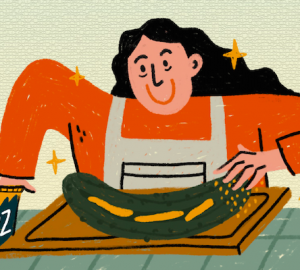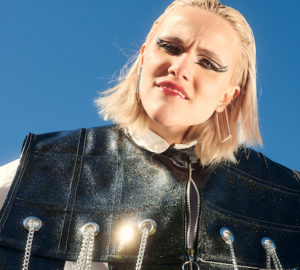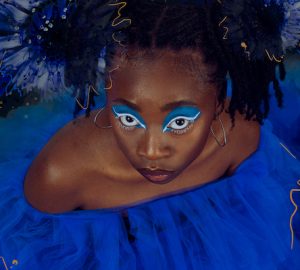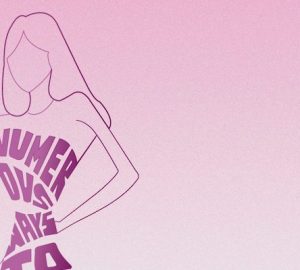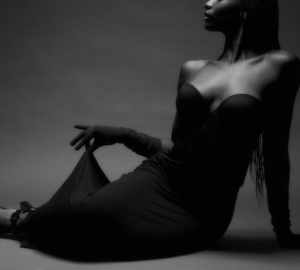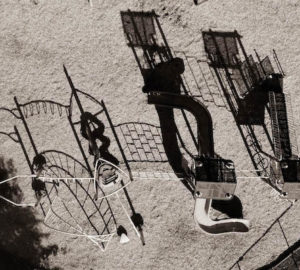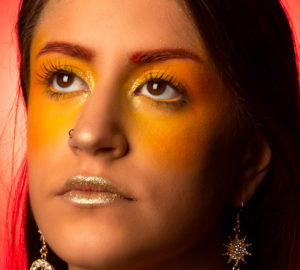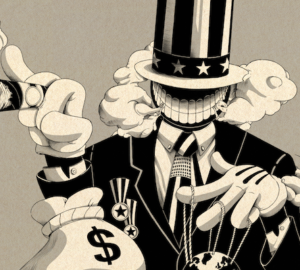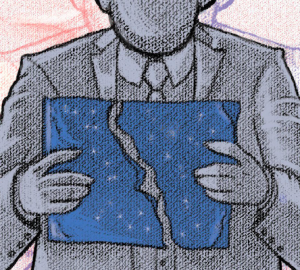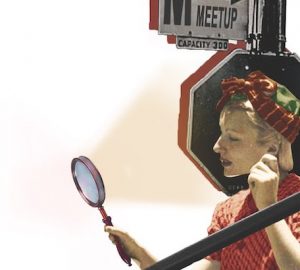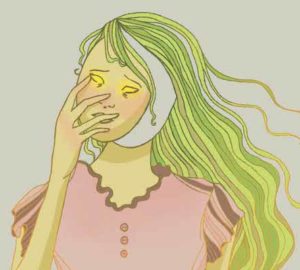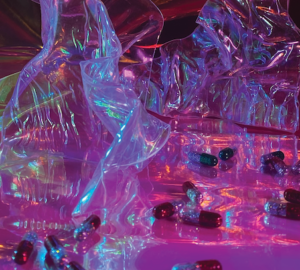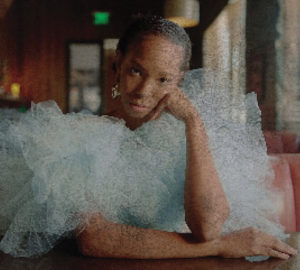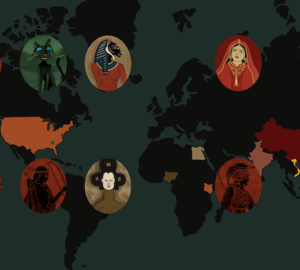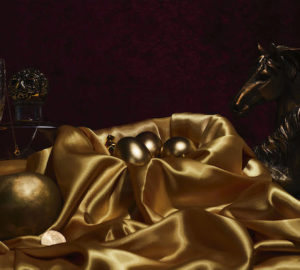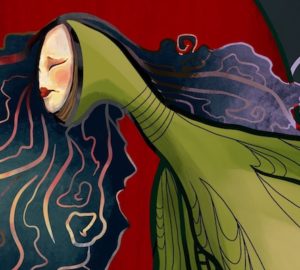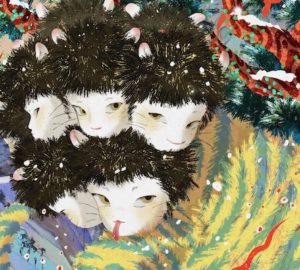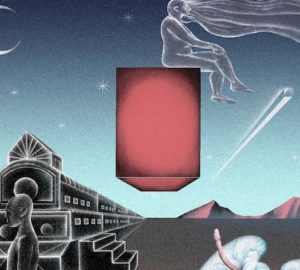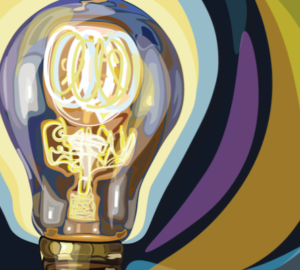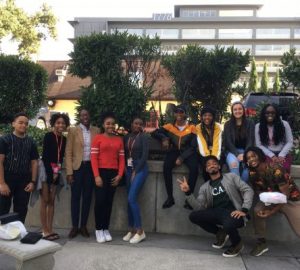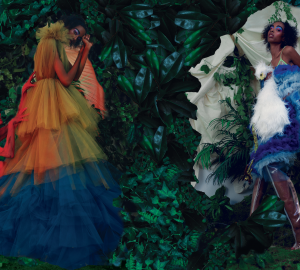WRITTEN AND PHOTOGRAPHED BY ELIZABETH HENRY
Clark Kent removes his glasses, puts on an S-covered spandex suit and becomes Superman. Harry Potter picks up a wand, a set of robes and defeats a great evil. Princess Leia, wearing her trademark double buns and white dress, grabs a blaster and helps lead the rebellion. And in conventions around the world, countless individuals with no superpowers, magic or futuristic technological weapons save the world — or at least pretend to.
For some, Halloween is the only time they allow themselves to be something they aren’t. For others, they take every chance they can get. Through cosplay, people find connection, confidence and freedom. However, the much-loved art — and those who partake in it — are still misunderstood. Cosplaying is more than donning a costume and walking around a convention. Cosplay allows the wearer to become something else, something more — something other than themselves.
“When you do any kind of costuming — but particularly cosplay — on the one hand, it gives you permission to step outside yourself, but on the other hand, it can summon something in you that doesn’t usually come out,” said psychologist Robin S. Rosenberg in the LiveScience 2016 article “Getting in Character: The Psychology Behind Cosplay.” The stereotype that there is something “off” is a misguided perspective. People who are introverts in their everyday lives find freedom in donning a mask and a cape while interacting with hundreds of strangers in a single weekend. Individuals who only see one another once a year can connect as if no time has passed. A child can meet their hero without their parents taking out a second mortgage to make a dream come true.
Cosplayers often become the subject of wonder and confusion to spectators wondering why anyone might wear 50 pounds of fake armor for three full days at a convention. The simple solution would be to go look in a mirror. Or take a long look at your mailman, the woman stopped next to you at the red light or the teenager handing you your Starbucks order. That is what a cosplayer looks like. There is no one look or demographic to cosplayers. Fourth-year sculpture student Sarah-Jane May said, “I remember thinking how amazing it would be if Halloween could happen more than once a year. A friend in middle school introduced me to anime, and then told me about this entire community that dressed as the characters at conventions. We started going to them, and I remember thinking this was exactly what I wanted. I kept doing it and I just fell in love with the art form.”
Consuming so much time, money and effort, cosplayers often face questions of “Why continue?” or “If it takes so much why do it?” The answer? Cosplay is about connection. Connection to characters. Connection to themselves. Connection to a fandom. Communities of people, some who have never felt accepted in their everyday lives, can don a costume and make lifelong friends — a tribe of their own.
Whatever the background or interest, there is a home in cosplay for everyone. Anyone looking to express themselves, make friends or interact with beloved characters can feel they belong. Cosplay allows us to gain the strength to deal with traumatic experiences like Batman, to find the confidence to fight the patriarchy like Wonder Woman and to discover the dance moves to party like the inflatable T-rex.

